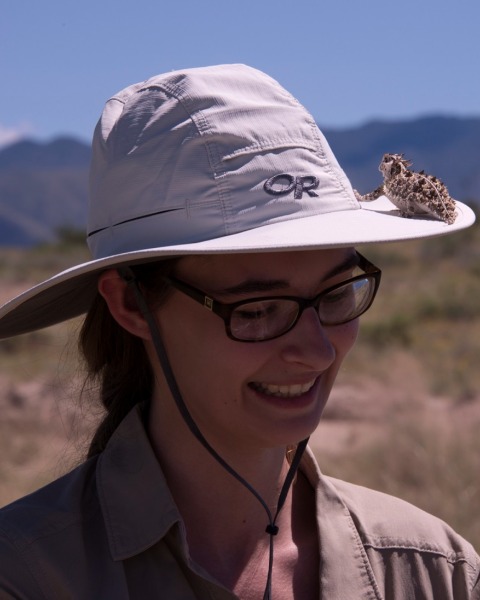SysEB
10-Minute Paper
10-min: SysEB, Ecology and Behavior
Neuroanatomical differentiation supports mate location differences in dimorphic male bees, Centris pallidaand Amegilla dawsoni
On-Demand

Meghan Barrett (she/her/hers)
California State University Dominguez Hills
Pasadena, California- SB
Stephen Buchmann
University of Arizona
Tucson, Arizona - SO
Sean O'Donnell
Drexel University
Philadelphia, Pennsylvania
Presenting Author(s)
Co-Author(s)
Alternative reproductive tactics (ARTs) have evolved convergently in diverse animal taxa. Developmental constraints can lead to morphological and behavioral phenotypes with variable reproductive success. Males of the desert bees, Centris pallida and Amegilla dawsoni, are dimorphic in both morphology and behavior. Large-headed, aggressive males patrol the ground and fight to dig up buried females they find using chemosensory cues, while small-headed males hover on the periphery of aggregations, mating with females they find visually. This variation in behavior suggests there may be neuroanatomical differentiation between the morphs, supporting their visual and chemosensory mate location strategies. By using histological sectioning to explore patterns of brain resource allocation in large and small males, results reveal that behavioral and neuroanatomical differentiation can be closely linked in male ART systems.

